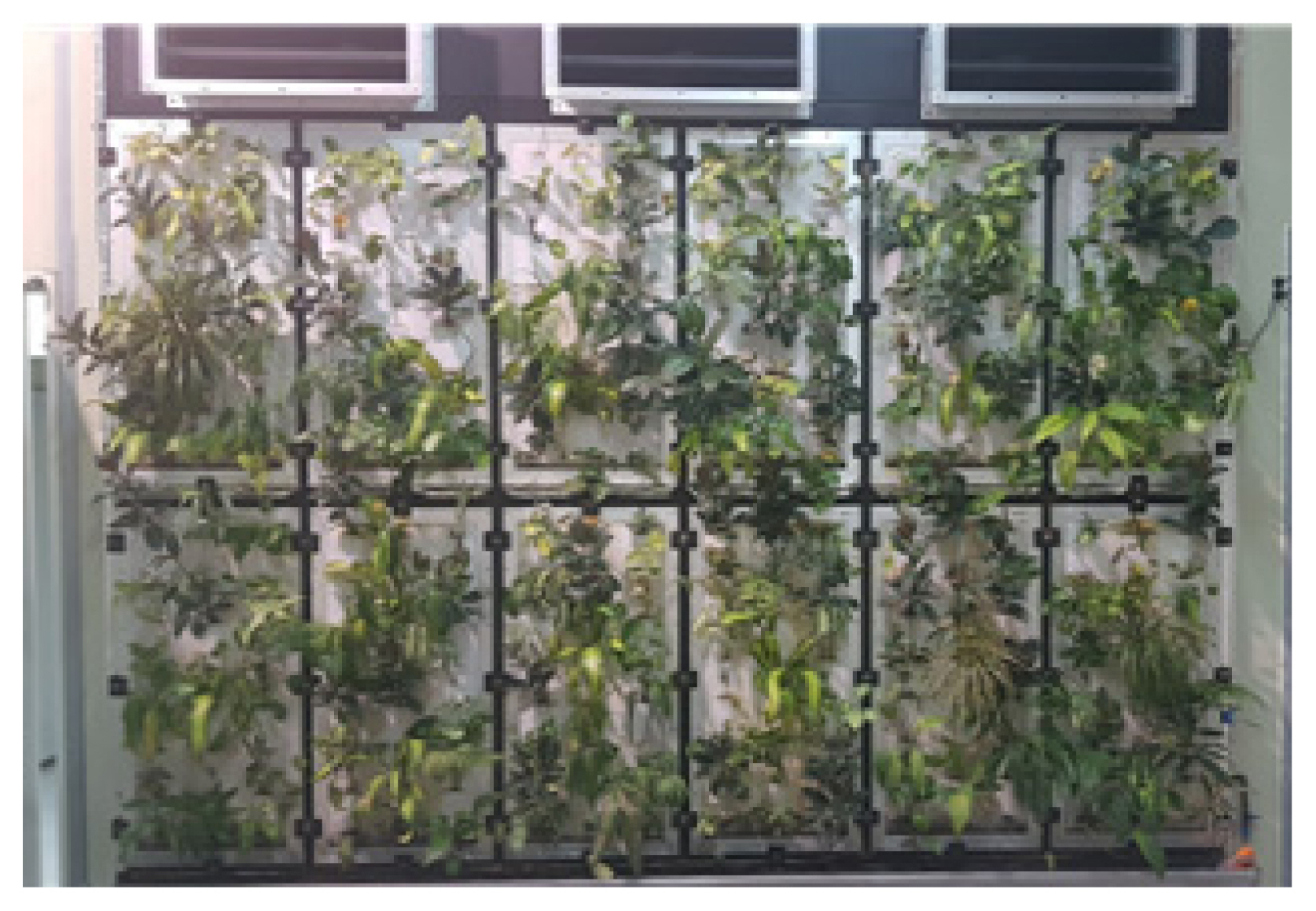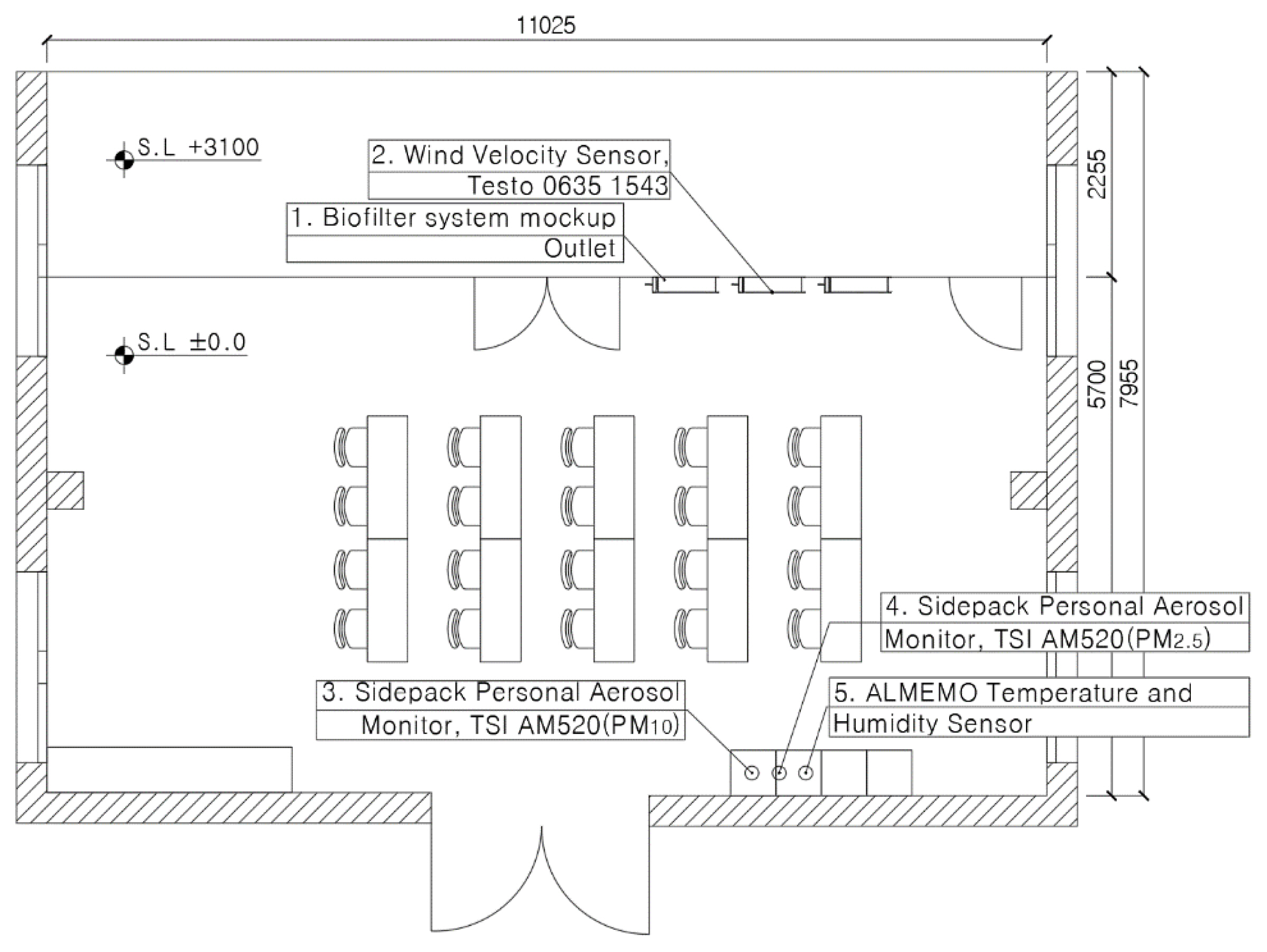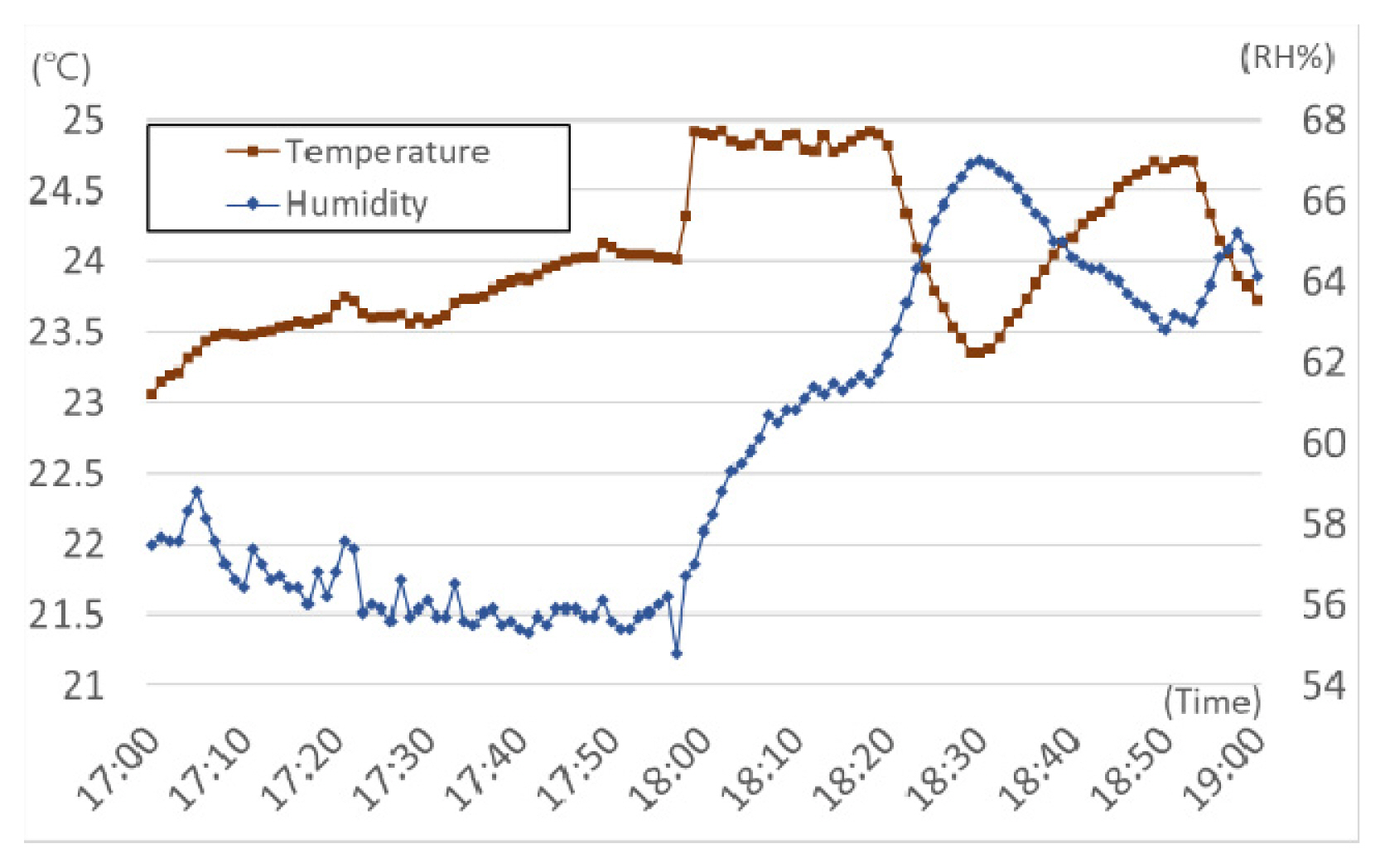Al-Horr, Y, M Ariff, A Kaushik, A Mazroei, M Katafygiotou, E Elsarrag. 2016. Occupant productivity and office indoor environment quality: A review of the literature. Build Environ. 105:369-389.
https://doi.org/10.1016/j.buildenv.2016.06.001

Bakke, JV, D Norb├żck, G Wieslander, BE Hollund, E Florvaag, EN Haugen, BE Moen. 2008. Symptoms, complaints, ocular and nasal physiological signs in university staff in relation to indoor environment-temperature and gender interactions. Indoor Air. 18(2):131-143.
https://doi.org/10.1111/j.1600-0668.2007.00515.x


Bak├│-Bir├│, Z, P Wargocki, CJ Weschler, PO Fanger. 2004. Effects of pollution from personal computers on perceived air quality, SBS symptoms and productivity in offices. Indoor Air. 14(3):178-187.
https://doi.org/10.1111/j.1600-0668.2004.00218.x


Bluyssen, PM, C Roda, C Mandin, S Fossati, P Carrer, Y De Kluizenaar, VG Mihucz, E De Olivera Fernandes, J Bartzis. 2016. Self-reported health and comfort in ŌĆśModernŌĆÖ office buildings: first results from the European OFFICAIR study. Indoor Air. 26(2):298-317.
https://doi.org/10.1111/ina.12196


Brook, RD, S Rajagopalan, CA Pope 3rd, JR Brook, A Bhatnagar, AV Diez-Roux, F Holguin, Y Hong, RV Luepker, MA Mittleman, A Peters, D Siscovick, SC Smith Jr, L Whitsel, JD Kaufman. 2010. Particulate matter air pollution and cardiovascular disease: An update to the scientific statement from the American Heart Association. Circulation. 121(21):2331-2378.
https://doi.org/10.1161/CIR.0b013e3181dbece1


WHO European Centre for Environment and Health2010 WHO guidelines for indoor air quality: selected pollutants World Health organization Regional Office for Europe; Bonn, Germany. Retrieved from
https://apps.who.int/iris/handle/10665/260127
.
CSA Group. 2017. CSA Z412-17 Office Ergonomics. Toronto, CANADA:
Environmental Protection Agency. 2009. Integrated science assessment for particulate matter EPA. Washington, DC, USA:
Fisk, W, O Sepp├żnen, D Faulkner, J Huang. 2003. Cost benefit analysis of ventilation control strategies in an office building. In: Proceedings of Healthy Buildings. 3:361-366.
Fraser, T, C Nicholas, P Max, D Andy, M Isaac, H Chuan, I Peter. 2017. Testing the single-pass VOC removal efficiency of an active green wall using methyl ethyl ketone (MEK), Air Qual. Atmos Health. 11(2):163-170.
https://doi.org/10.1007/s11869-017-0518-4

Ghazalli, AJ, C Brack, X Bai, I Said. 2018. Alterations in use of space, air quality, temperature and humidity by the presence of vertical greenery system in a building corridor. Urban For Urban Green. 32:177-184.

Kim, SH 2006. Development and validation of learning concentration scale. Korea J Couns. 7(4):1039-1054.
Kim, TH, BH Choi, NH Choi, ES Jang. 2018. Particulate matter and CO
2 improvement effects by vegetation-based bio-filters and the indoor comfort index analysis. Korean J Environ Agric. 37(4):268-276.
https://doi.org/10.5338/KJEA.2018.37.4.41

Ko, DK, JH Han. 2018. A study on a consumer perception of the risk of living chemicals using text analysis: Focusing on the case of humidifier disinfectants accident. Consumer Policy and Education Review. 14(3):141-167.
https://doi.org/10.15790/cope.2018.14.3.141

Kwon, KJ, BJ Park. 2017. Effects of indoor greening method on temperature, relative humidity and particulate matter concentration. J Korean Inst Landsc Archit. 45(4):1-10.
https://doi.org/10.9715/KILA.2017.45.4.001

Lee, CH, B Choi, MY Chun. 2015. Stabilizing soil moisture and indoor air quality purification in a wall-typed botanical biofiltration system controlled by humidifying cycle. J Korean Soc Hortic Sci. 33(4):605-617.
https://doi.org/10.7235/hort.2015.15047

Lee, MC, KW Mui, LT Wong, WY Chan, EWM Lee, CT Cheung. 2012. Student learning performance and indoor environmental quality (IEQ) in air-conditioned university teaching rooms. Build Environ. 49:238-244.
https://doi.org/10.1016/j.buildenv.2011.10.001

Liu, Y, J Jiang, D Wang, J Liu. 2016. The indoor thermal environment of rural school classrooms in Northwestern China. Indoor and Built Environ. 26(5):662-679.
https://doi.org/10.1177/1420326X16634826

Lukso, D, TL Guidotti, DE Franklin, A Burt. 2016. Indoor environmental and air quality characteristics, building-related health symptoms, and worker productivity in a federal government building complex. Arh Environ Occup Health. 71(2):85-101.
https://doi.org/10.1080/19338244.2014.965246

Martenies, SE, SA Batterman. 2018. Effectiveness of using enhanced filters in schools and homes to reduce indoor exposures to PM2.5 from outdoor sources and subsequent health benefits for children with asthma. Environ Sci Technol. 52(18):10767-10776.
https://doi.org/10.1021/acs.est.8b02053


Oh, H 2002. FAIR, Attention Test Seoul, Korea: Chungang Jeoksung Institute.
Pan, L, S Wu, H Li, J Xu, W Dong, J Shan, X Yang, Y Chen, M Shima, F Deng, X Guo. 2018. The short-term effects of indoor size-fractioned particulate matter and black carbon on cardiac autonomic function in COPD patients. Environ Int. 112:261-268.
https://doi.org/10.1016/j.envint.2017.12.037


Polidori, A, PM Fine, V White, PS Kwon. 2012. Pilot study of high-performance air filtration for classroom applications. Indoor Air. 23(3):185-95.
https://doi.org/10.1111/ina.12013


Shan, X, AN Melina, EH Yang. 2018. Impact of indoor environmental quality on studentsŌĆÖ wellbeing and performance in educational building through life cycle costing perspective. J Clean Prod. 204:298-309.
https://doi.org/10.1016/j.jclepro.2018.09.002

Simoni, M, I Annesi-Maesano, T Sigsgaard, D Norback, G Wieslander, W Nystad, M Canciani, P Sestini, G Viegi. 2010. School air quality related to dry cough, rhinitis and nasal patency in children. Eur Respir J. 35:742-749.
https://doi.org/10.1183/09031936.00016309


Singh, A, CN Kesavachandran, R Kamal, V Bihari, A Ansari, PA Azeez, PN Saxena, AKKS, AH Khan. 2017. Indoor air pollution and its association with poor lung function, microal buminuria and variation blood pressure among kitchen workers in India: A cross-sectional study. Environ Health. 16:33.
https://doi.org/10.1186/s12940-017-0243-3



Wang, Z, JS Zhang. 2011. Characterization and performance evaluation a full scale activated carbon-based dynamic botanical air filtration system for improving indoor air quality. Build Environ. 46(3):758-768.
https://doi.org/10.1016/j.buildenv.2010.10.008

Wargocki, P, DP Wyon, P Fanger. 2000a Pollution source control and ventilation improve health, comfort and productivity. In: Conference: German air condition and refrigeration meeting; 2000; Retrieved from
https://www.osti.gov/etdeweb/biblio/20397142
.
Wargocki, P, DP Wyon, J Sundell, G Clausen, P Fanger. 2000b. The effects of outdoor air supply rate in an office on perceived air quality, sick building syndrome(SBS) symptoms and productivity. Indoor Air. 10(4):222-236.
https://doi.org/10.1034/j.1600-0668.2000.010004222.x


Wu, S, Y Ni, H Li, L Pan, D Yang, AA Baccarelli, F Deng, Y Chen, M Shima, X Guo. 2016. Short-term exposure to high ambient air pollution increases airway inflammation and respiratory symptoms in chronic obstructive pulmonary disease patients in Beijing, China. Environ Int. 94:76-82.
https://doi.org/10.1016/j.envint.2016.05.004















